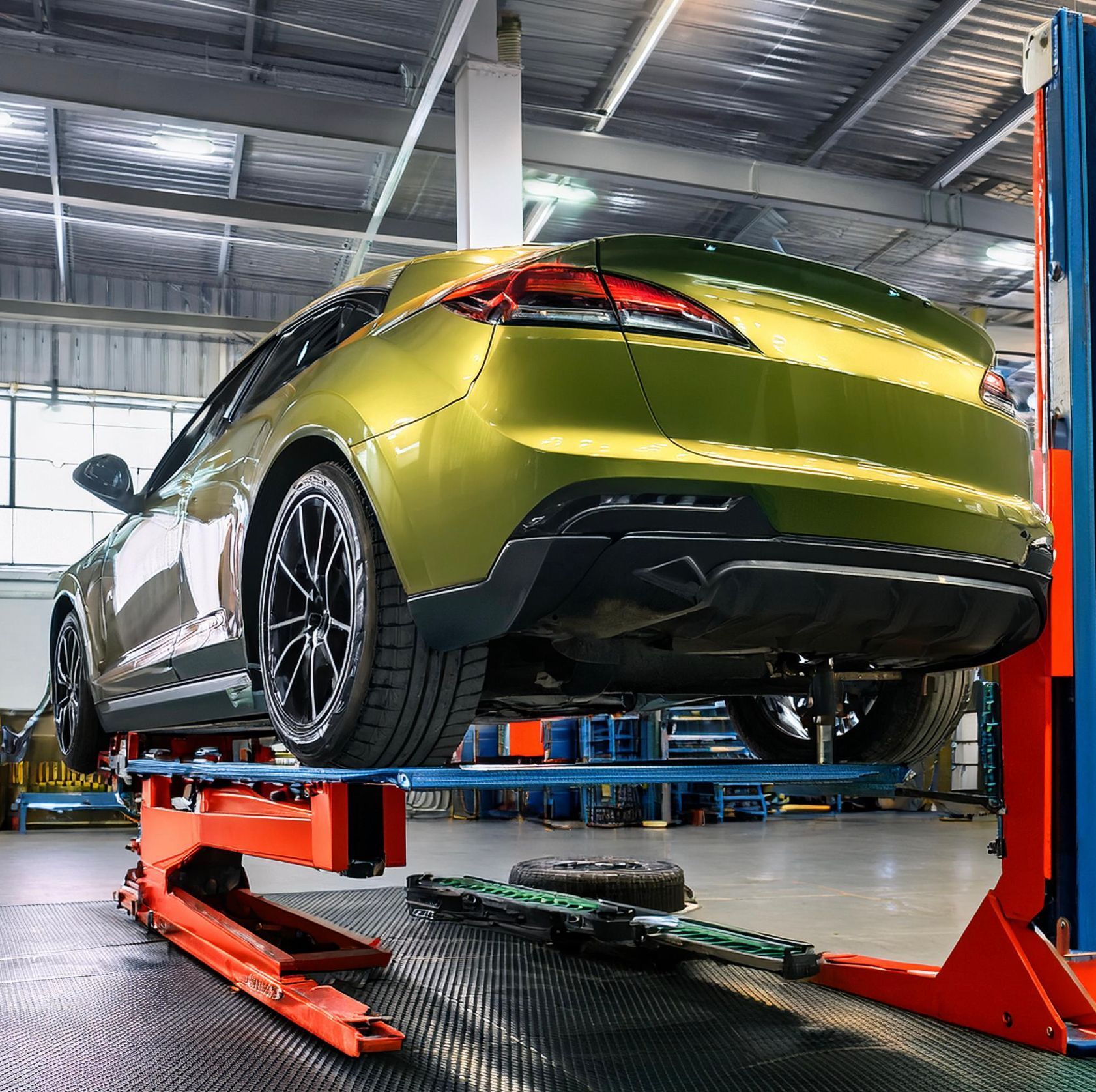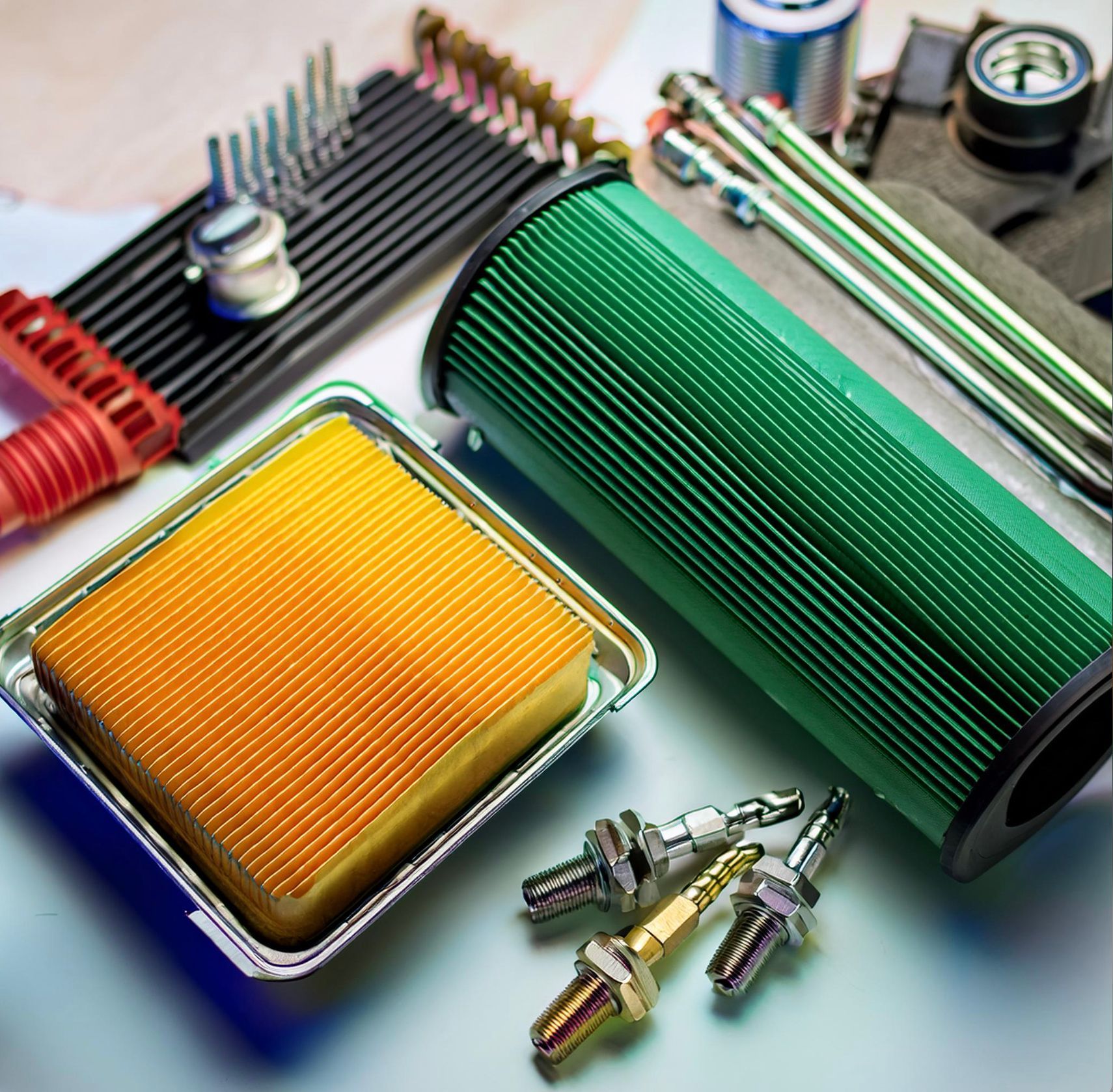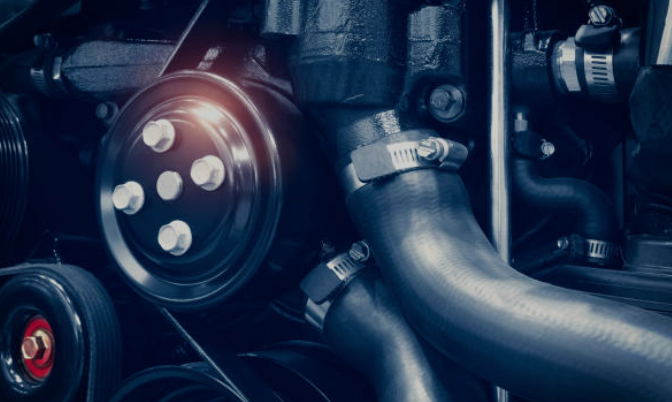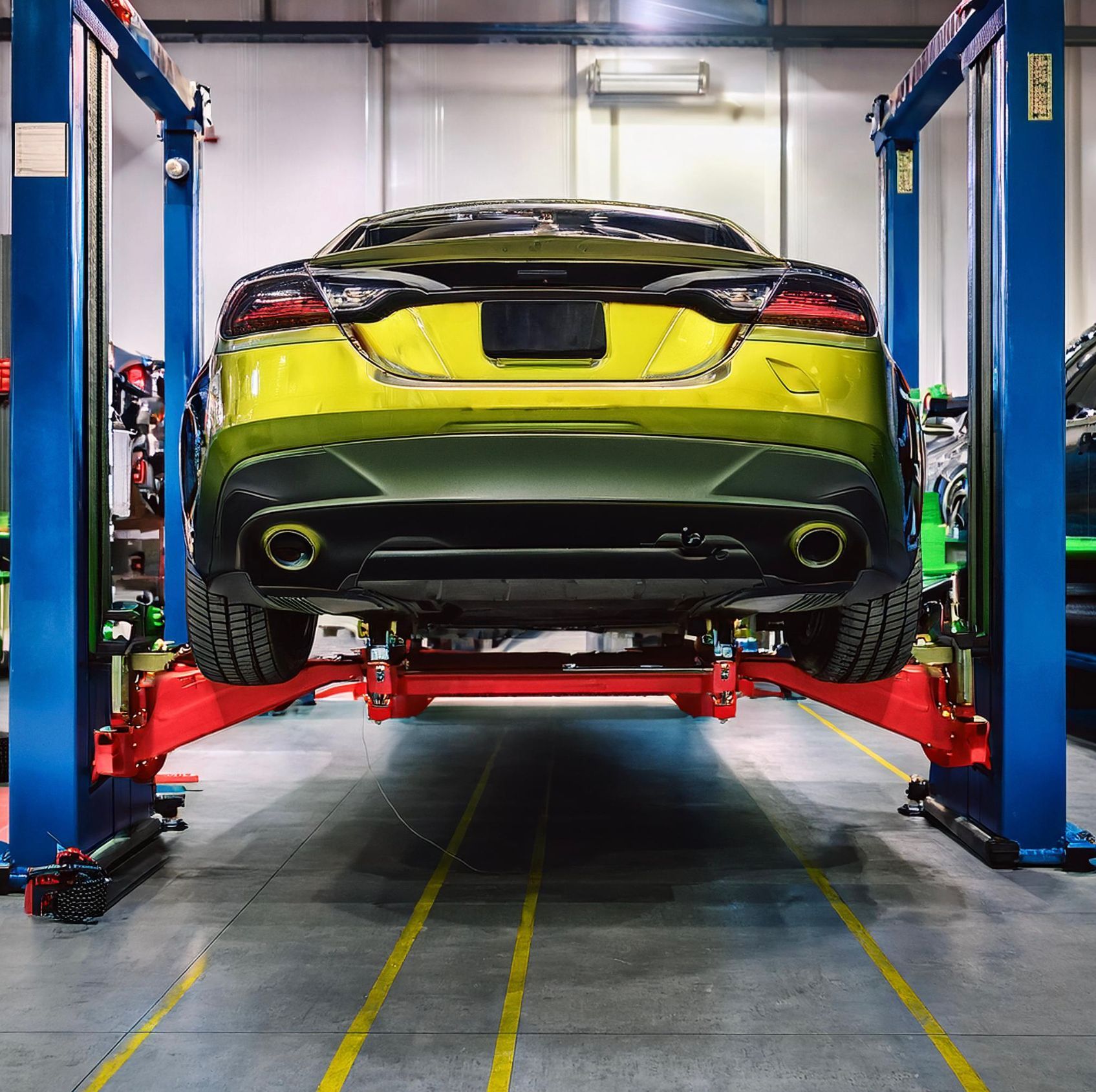How to tell when your brakes need replacing
How To Tell When Brakes Need Replacing | A+ Auto Repair

The brakes are the most critical system in any motor vehicle, and driving without properly functioning brakes is a huge safety risk. Parts of the braking system wear down over time and need to be replaced, allowing the vehicle to continue stopping responsively. Since brakes are a mechanical system, they provide the driver with plenty of tactile feedback that indicates how far regular use has degraded the replaceable parts, allowing you to look for tell-tale signs that it may be time to replace the brakes.
About Braking Systems
There are three parts of the disc brake system you should be familiar with:
- Brake Pads: These are ceramic blocks that press against the wheel to slow its rotation through friction.
- Rotors: This disc is connected to the wheel itself and resists momentum when the brake system squeezes the pads against it.
- Calipers: This is the component of the system that presses the brake pads up against the rotors.
Brake System Warning Signs
Brakes tend to exhibit noticeable signs that they're wearing down to the point of replacement. You can check your system for the following:
- Stopping Takes Longer: Brake pads become less effective at slowing down the vehicle as they wear down. If you notice it takes longer to stop, the pads may need to be replaced.
- Extremely Sensitive Brakes: If slightly tapping the pedal feels like applying an immense brake force, the system is malfunctioning and requires service.
- Screeching/Scratching Noise: The brake pads feature a metal warning indicator that rubs against the rotor, creating a loud screeching noise as the pads approach replacement thickness. Screeching isn't a sign of immediate failure but rather a warning that it's time to schedule a replacement appointment. If this happens with brand-new pads, it indicates a problem with the rotors.
- Side Pull: Unevenly worn brakes will slow down each wheel at different rates, causing one side to kick out or pull; this is a sign that you need immediate brake work.
- Brake Pedal Vibration: The brake pad should feel squishy when you press down; if it's vibrating, there's likely a problem with the brakes.
- Dashboard Warning Light: If this light illuminates, the vehicle's onboard computer has detected a problem that requires the attention of a mechanic.
- Blue Rotors: Heat damage causes rotors to turn blue. Replace them if you see this.
- Grinding Noises: Brakes shouldn't grind. Grinding indicates excessively worn brake pads, a broken rotor, or a malfunction in the braking system itself.
Checking Brakes Yourself
The easiest way to examine your brakes is to use them while driving. The brake pedal should feel firm, and the vehicle should not pull to either side. Depending on the style of your wheels, your brake system may be easily visible for inspection without needing to remove the wheels. The brake pads should not touch the rotors, and the brake pad thickness should be larger than the wear indicator, or at least a quarter inch if there is no indicator.
Pads and/or Rotor Replacement
Depending on how quickly the brake pads wear down, you may replace the rotors with every other brake pad replacement. However, it is reasonable to replace both rotors and pads together if the pads last longer.
If you're a Redwood area driver, look no further than A+ Auto Repair of Redwood City for all your vehicle braking needs.




